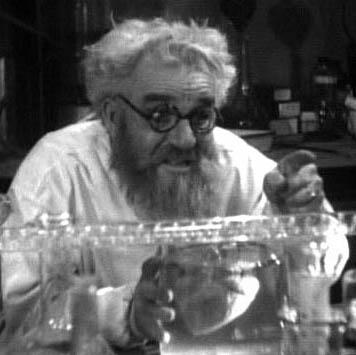When the U.S. government files a patent for some off-the-wall idea, the usual suspect is DARPA (Defense Advanced Research Projects Agency). This agency, which has pursued the creation of nuclear-powered insect cyborg spies, makes the wildest science fiction tales seem downright mundane.
Now, the United States Navy has gotten in on the action. According to Brett Tingley and Tyler Rogoway at The War Zone, the Navy has filed a patent that could allow for the creation of portable nuclear fusion reactors. The scientist behind this is thinking big; he's also responsible for dreaming up ways to propel aircraft like UFOs.
Before we go further, let's pause to discuss the difference between nuclear fission and fusion. Both involve the center of the atom, where the protons and neutrons are located. And both involve the production of nuclei that are less massive than the nuclei we began with. (See the chart, courtesy of IAEA.)
Current nuclear power plants are all based on fission, i.e., the splitting of big atomic nuclei into smaller ones. As uranium and plutonium decay into smaller atoms, they release energy (as well as radioactive nuclear waste). However, extremely small atomic nuclei, like those found in hydrogen, release energy by fusing with other small nuclei. Counterintuitively, the product of a fusion reaction is less massive than the initial nuclei. The mass that was "lost" turned into energy. Thanks E = mc2!! (For more on fusion, see this article by Ethan Siegel, the world's best physics writer.)
Fusion is a much more appealing source of power than fission because the fuel (special types of hydrogen known as deuterium and tritium) are basically unlimited. Fusion also doesn't produce nuclear waste, though the tritium fuel is radioactive.
Can the Navy Make Fusion Power a Reality?
If it's so great, then why aren't we using fusion power? Well, we are using it, sort of. The sun produces power from fusion. However, it turns out to be rather difficult to implement on Earth for two reasons: First, the extremely high temperatures involved tend to melt things, so engineers have to contain the reaction using very powerful magnetic fields produced by superconductors. This "magnetic bottle" keeps the reaction away from the walls of the container, which would otherwise be destroyed. Second, we haven't figured out a way to make fusion power generate more energy than it consumes.
The Navy thinks they might be able to fix this if they scrap the superconductors. In their place, the patent proposes to create magnetic fields using "accelerated vibration and/or accelerated spin." Nobody really knows what this means, save for the Navy scientist himself. But according to him, not only would this make fusion power feasible, it would make the reactors small enough to be portable. Fusion powered cars, perhaps?
Most of the physicists that The War Zone interviewed think the idea is "almost laughable." On the other hand, if this scientist is correct, he'll win a Nobel Prize, change the course of human history, and be laughing all the way to the bank.





